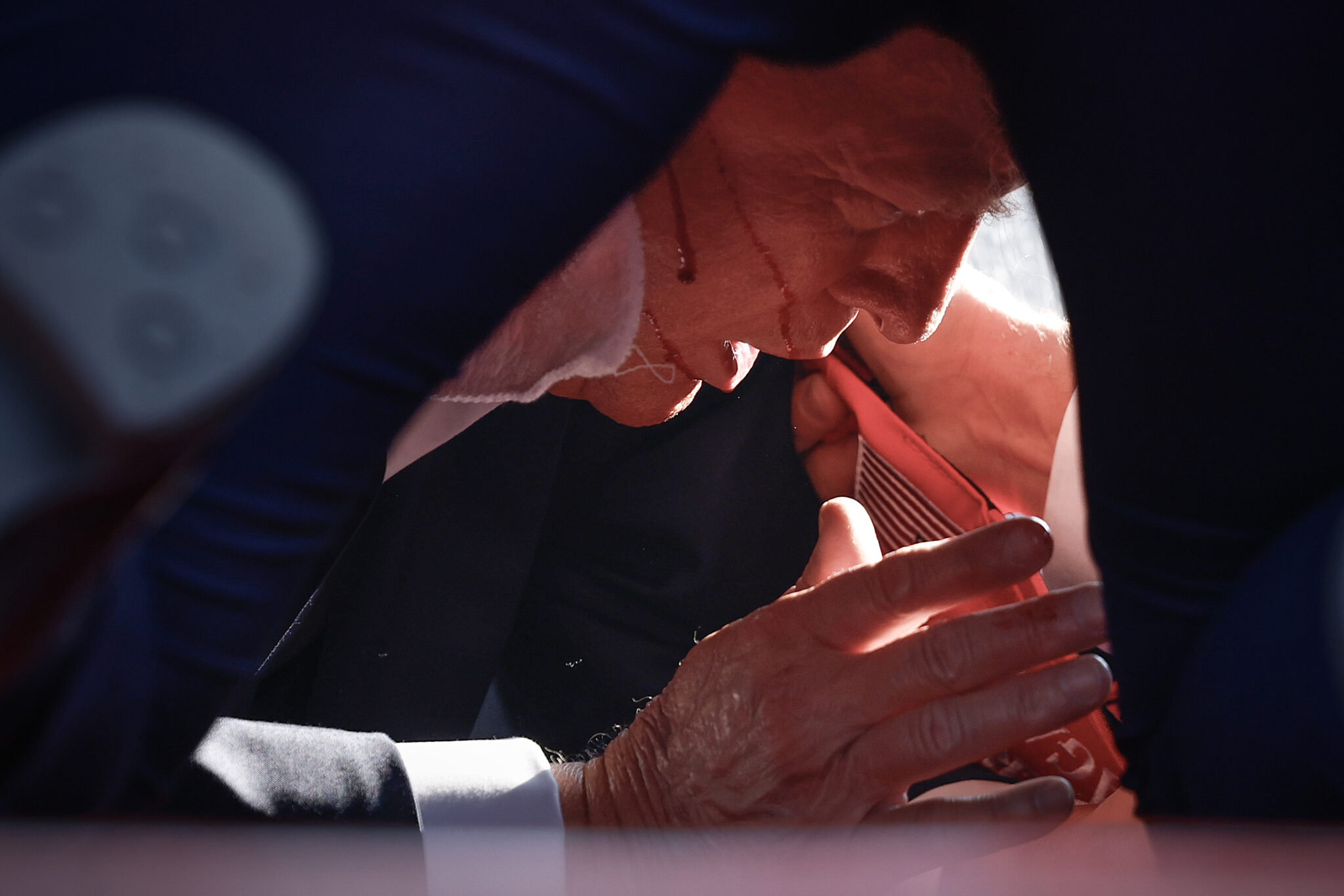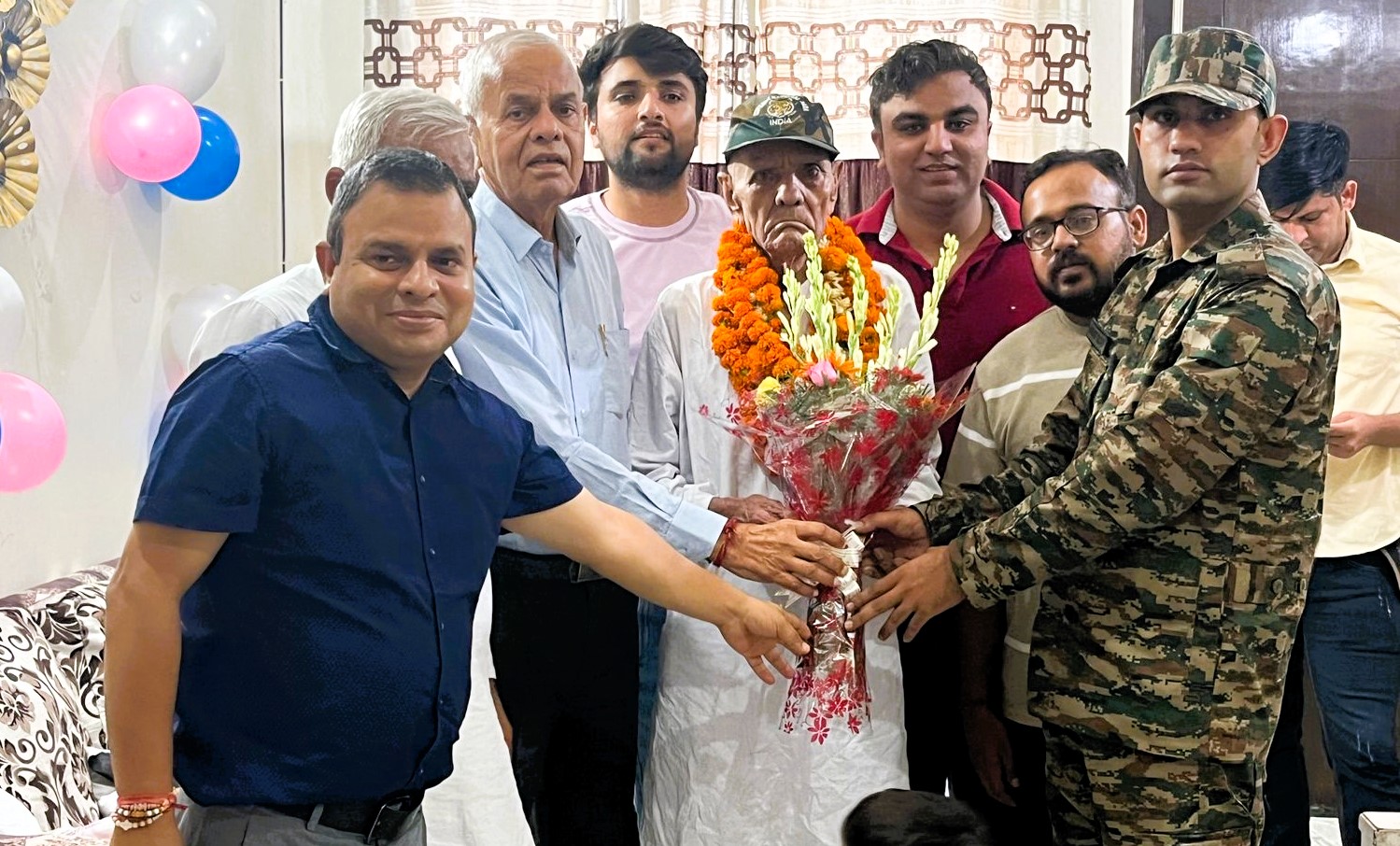Lt Gen Dhiraj Seth Stresses on Operational Readiness During Visit to 58 Armoured Regiment
Lt Gen Dhiraj Seth, AVSM, General Officer Commanding-in-Chief of Southern Command and Colonel of the Regiment, recently visited the 58…
Which Rifle Was Used By The Shooter In The Failed Trump Assassination Attempt?
On a recent Saturday at a rally in Butler, Pennsylvania, an unsettling incident unfolded involving former US President Donald Trump.…
Kargil Hosts Spectacular Defence Equipment Display Ahead of Kargil Vijay Diwas Rajat Jayanti
On July 13 and 14, 2024, Kargil witnessed a spectacular display of defense equipment, including the formidable Apache Attack Helicopter,…
GOC Kharga Corps Validates Pine Division’s Training and Operational Preparedness
In a recent visit to the Pine Division, the General Officer Commanding (GOC) of Kharga Corps assessed the training and…
Indian Army Celebrates 100th Birthday of Ex Dfr (Rdr) Mukhtiar Singh
In a heartfelt tribute to a lifetime of service to the Indian Army and the nation, Major General Devender Kumar,…
Former President Donald Trump Shot in Ear in Rally Assassination Attempt
Former President Donald Trump was injured during a rally in Butler, Pennsylvania, after being shot in the ear in what…






